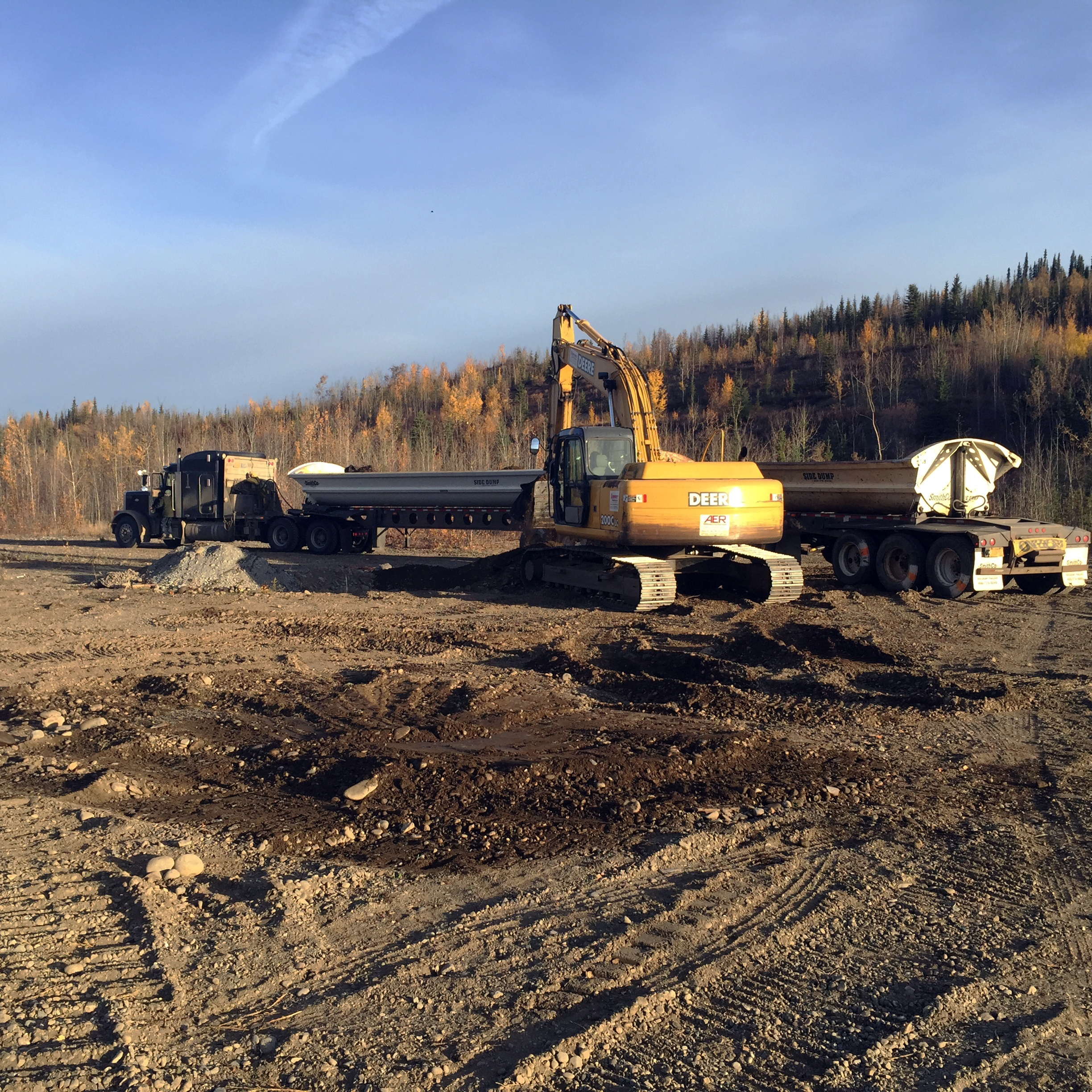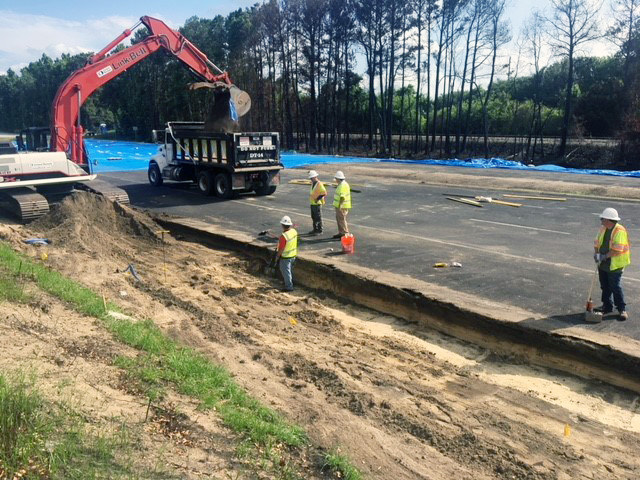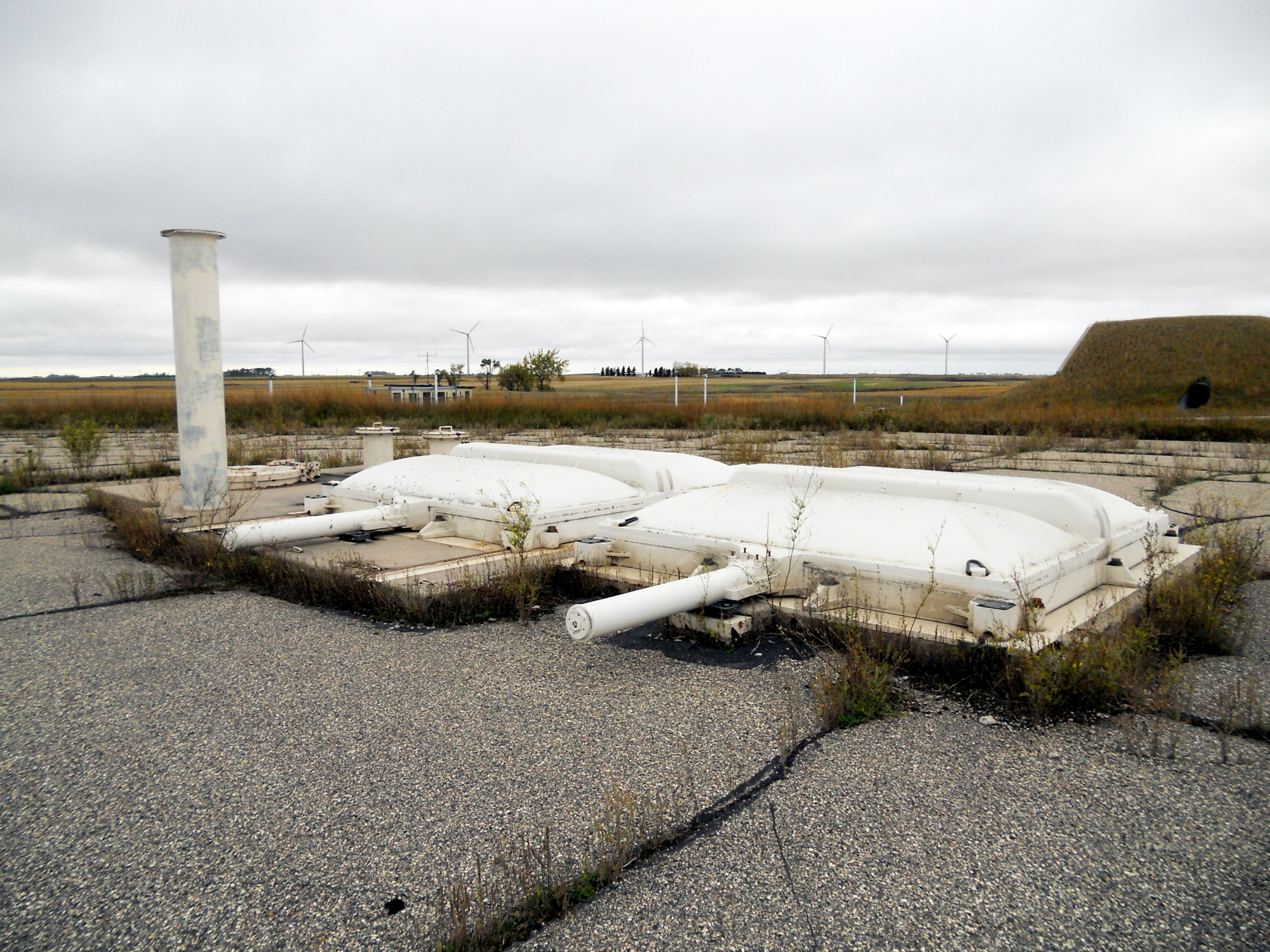US Army Corps of Engineers (USACE) Alaska District contracted Bristol to conduct environmental investigations at four U.S. Army Garrison sites across Alaska – Haines Fuel Terminal (HFT), Sears Creek Station (SCS), Tok Fuel Terminal (TFT), and Gerstle River Test Site (GRTS) – three sites along the Haines Fuel Pipeline (HFP) and one active maneuver area, extending from Haines in Southeast Alaska to Delta Junction in Alaska’s interior, over 500 miles apart. Portions of the Haines Fuel Pipeline (HFP) are co-located with the Canadian Oil (CANOL) Pipeline between Tok and Fairbanks.
The investigation included three remedial investigations (RIs), two site investigations (SIs), and Class V underground injection control (UIC) and pipelines risk assessments (RAs) concurrently at three sites. The RI objectives were to characterize features identified in the data gap analyses as needing further investigation, delineate the nature and extent of contaminants in soil and groundwater (including potential impacts from former Class V UIC well systems, petroleum storage tanks, and petroleum pipelines), and collect adequate data to be incorporated into baseline human health and ecological risk assessments (HH/ERAs), to be used to establish site remediation goals. RI objectives were achieved through extensive field screening using an ultra-violet optical screening tool (UVOST), photoionization detector (PID), x-ray fluorescence (XRF), and passive soil gas modules; installation of numerous soil borings and monitoring wells, and the collection of soil and groundwater analytical data.
Removed and closed 20 dry wells and two septic systems at four sites. Specific scope for each site included:
- Haines Fuel Terminal Pipeline Removal removed 15,169 linear feet (lf) of piping, 80 tons of petroleum-contaminated soil, 330 gallons of contaminated liquid, and associated scrap metal.
- Tok Fuel Terminal Pipeline Removal removed 8,030 lf of piping, 240 tons of petroleum-contaminated soil, 1,375 gallons of contaminated liquid, and associated scrap metal.
- Sears Creek Station underground storage tank (UST), aboveground storage tank (AST), and Pipeline Removal removed two USTs, two ASTs, a fuel dewatering tower, a concrete waste pit, 3,000 lf of piping, 130 tons of petroleum-contaminated soil, 1,315 gallons of contaminated liquid, and associated scrap metal.
- Gerstle River Test Site Sump and Piping Decommissioning removed a concrete waste sump, 150 lf of associated drainage and discharge piping, six 55-gallon drums of sump and piping sludge, and 1,250 gallons of contaminated liquid.
Bristol prepared three Comprehensive Environmental Response, Compensation, and Liability Act (CERCLA) RI reports, two Human Health (HH)/Environmental Risk Assessment (ERA) reports, two SI reports, three tank and pipeline removal reports, one sump decommissioning report, three monitoring wells repair reports, and two brush-clearing/fence maintenance reports. The RI reports achieved project data quality objectives (DQOs), defined nature and extent of contamination, estimated risk, calculated site-specific Alaska Department of Environmental Conservation (ADEC) Method 3 alternate cleanup levels (ACLs) and estimated volume of contaminated soil remaining at each site.



